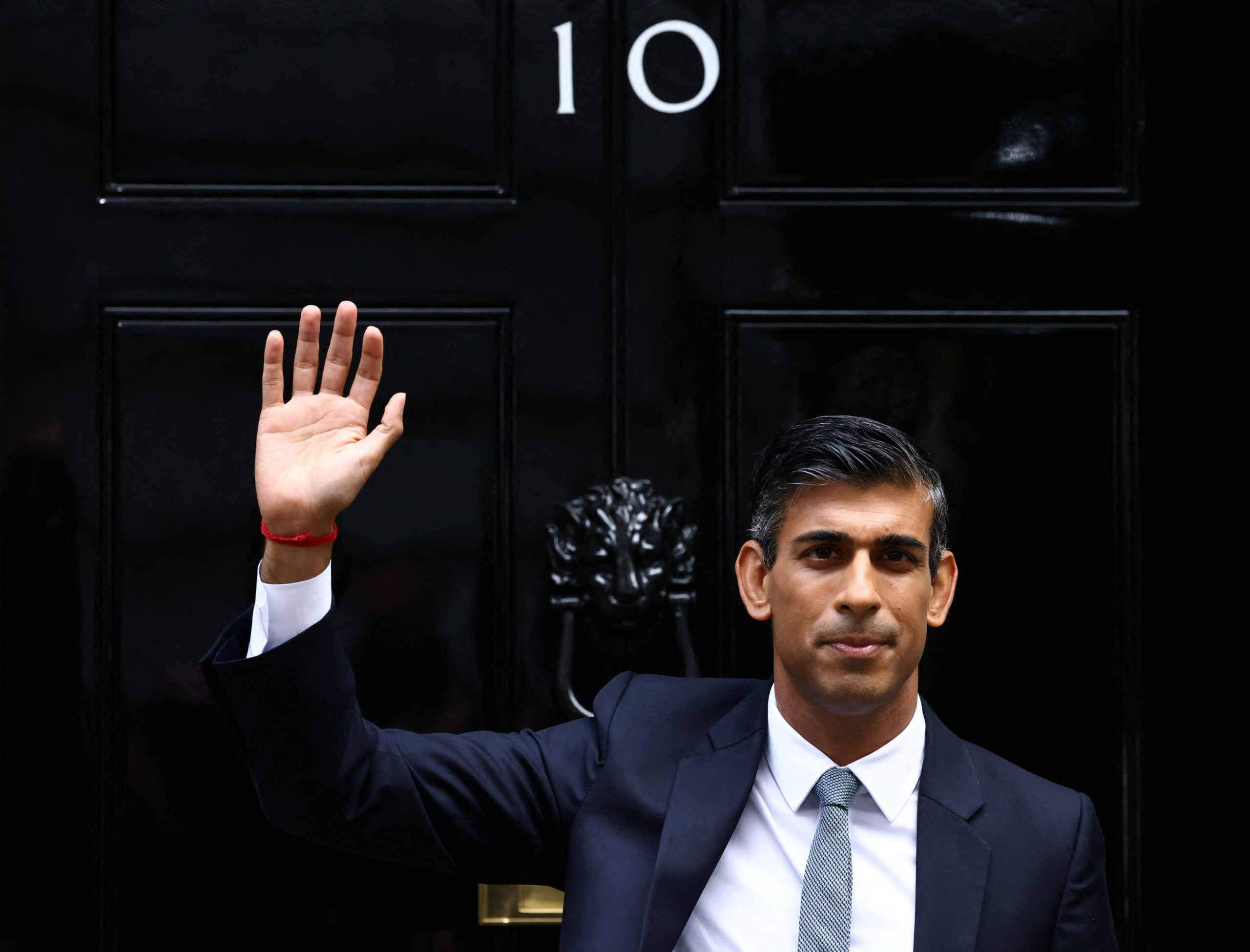Indian students seeking high-quality education, international exposure, and enriching cultural experiences have long valued the UK. However, the British government plans to increase the minimum maintenance funds required for student visas, effective January 2025. This change, announced on September 10, 2024, underscores the UK’s commitment to addressing inflation and rising living costs, but it may complicate financial planning for students, particularly those from India, which represents one of the largest student populations in the UK.
What’s Changing in the UK’s Maintenance Fund Requirement?
Having sufficient funds in their bank account has always been essential for students aspiring to study in the UK and obtain a student visa. These funds are intended to cover the student’s living expenses during their course of study. Currently, applicants must demonstrate they have a specified amount available for a minimum of 28 days prior to applying for a visa. The required amount varies depending on whether the student will be studying in London or elsewhere.
Students studying outside London must currently prove they have £1,023 per month for living expenses, while those studying in London need to show at least £1,334 per month. These amounts can add up significantly, especially when combined with tuition costs, as they must be demonstrated for a maximum of nine months.
Beginning in January 2025, these financial requirements will increase. Students living in London will need to show £1,483 per month, marking an 11.2% rise. For those studying outside London, the new monthly requirement will be £1,136, an increase of 11.1%. These adjustments align with inflation rates and increases in domestic student maintenance loans, reflecting the rising living costs in the UK.
What Do These Changes Mean for Indian Students?
Indian students, known for their determination to pursue higher education abroad, will undoubtedly be affected by this increase in financial requirements. However, for many, the impact may not be as severe as it initially appears.
Typically, Indian students spend over Rs 20 lakh (approximately £20,000) annually on living expenses, housing, and tuition when studying overseas. Although the new financial requirements are higher, they are not expected to pose a significant barrier.
For instance, a student planning to pay £20,000 in tuition at a London university will need to demonstrate that they have £13,347 (or £1,483 per month) for nine months, resulting in a total bank balance of £33,347. Similarly, for a university outside London with the same tuition fee, the student will need to show £10,224 (or £1,136 per month) for nine months, totaling £30,224.
The existing procedure remains unchanged: the funds must be held in the bank account for 28 consecutive days prior to the visa application. If a student has received a scholarship or made partial tuition payments, these amounts may reduce the overall financial burden. However, families will need to ensure they have these increased amounts available well in advance of applying for a visa.
Could This Impact Some Indian Students?
The increase in required maintenance funds may not be well received by all students, particularly those from modest financial backgrounds. Families already stretching their finances to fund overseas education may feel additional pressure, even if the increase is modest in relation to the total cost of studying.
It’s important to note, however, that most Indian students consider factors beyond cost when choosing where to study. The institution’s reputation, post-graduation employment prospects, and the UK’s relatively high visa acceptance rates remain significant considerations. For many Indian applicants, the increased financial requirements are unlikely to outweigh these critical factors.
That said, this new regulation may compel students on tight budgets to seek additional funding through loans, financial aid, or scholarships. To meet these requirements without undue stress, students and their families should begin preparing early and utilize all available resources.
Navigating the New Financial Landscape
Indian students can take several steps to mitigate the impact of the new financial regulations, even though they may complicate the visa application process. Here are some suggestions:
- Make Early Plans: Students planning to study in the UK in 2025 should start organizing their finances well in advance of the January rule change. Ensuring that the required funds are in place prior to the 28-day visa application period can help alleviate last-minute financial pressure.
- Explore Financial Assistance and Scholarships: Indian students often qualify for scholarships from both Indian government programs and UK universities. Applying for these can reduce the amount of money needed to show in the bank account.
- Seek On-Campus Employment: Many international students in the UK are permitted to work part-time. This can help supplement living expenses and ease financial strain.
- Consult Professionals: Financial advisors, university counselors, and educational consultants can provide accurate information about the requirements, helping students and their families plan effectively.
The Way Forward
While the increase in maintenance fees may seem like an additional hurdle, it is a necessary adjustment in light of rising living costs in the UK. Most Indian students are unlikely to view these enhanced financial requirements as insurmountable obstacles; rather, they represent the true cost of studying abroad. With adequate preparation and sound financial management, the majority of Indian applicants should be able to meet the new regulations.
The UK continues to be a popular destination for Indian students, offering exceptional education and diverse post-study opportunities. Thus, this financial adjustment is likely to be accepted as part of the overall investment in obtaining a degree from one of the world’s most esteemed educational hubs.




